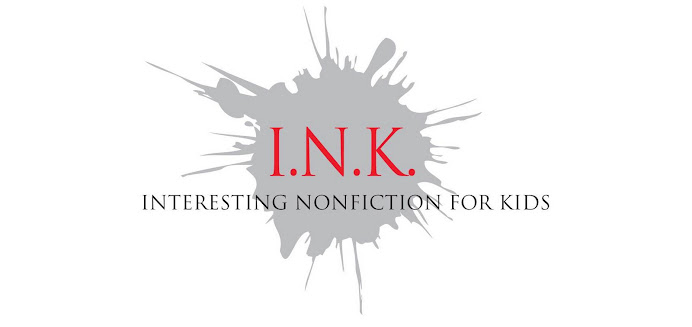I came late to the family of I.N.K. bloggers, and the fatigue of posting hasn’t quite caught up to me yet. Even so I’ve marveled at the creativity and fortitude of the old-timers. You’ve made it look easy to create fresh, thought-provoking material. Well done, everyone!
One frequent question children ask me
during school visits is, “Do you get writer’s block?” Even young scribes have
heard of this affliction.
“No,” I tell them. “I’ve got
deadlines to meet. I don’t have time for writer’s block,” and I’m not just
cracking a joke.
 So here I sit, writing later than I’d
like because I spent the day working on a deadline. Now, with the windows open
and darkness newly upon us, I’m thinking about all the places where I’ve
created books. Tonight I write from my fourth office space, a second-floor chamber
with a wall of wooden window portals that became my creative home last year. It
and my life today are miles away from the country home where I started writing when
my children entered school.
So here I sit, writing later than I’d
like because I spent the day working on a deadline. Now, with the windows open
and darkness newly upon us, I’m thinking about all the places where I’ve
created books. Tonight I write from my fourth office space, a second-floor chamber
with a wall of wooden window portals that became my creative home last year. It
and my life today are miles away from the country home where I started writing when
my children entered school.
I remember feeling slightly
superstitious when our family moved out of this home a dozen years ago. Would I
be able to write as well, or even ever again, away from the nature-inspired views of my original office? Maybe the two books I’d written
from that site would become my entire body of work. When Book Number Three took
forever to take form at our new city
dwelling, all my anxieties seemed about to come to pass. And yet, after
settling in to that 2nd-floor tree house of an office, I managed to birth not
just a third book but five more.
Then came another move and another
office, this one located without countryside panoramas or a tree house perch. Yet
even from there, with my sons off in college and beyond, the books continued to
flow. Others have followed since from my latest roost. May it always be so.
Wherever I land next, I’ll maintain
a home on the Internet. These days you can find me post-I.N.K. through my
website, www.AnnBausum.com, and at my
Facebook author page. Plus you can watch for my upcoming title about gay rights history and the
Stonewall riots of 1969, to be published next year by Viking. A 50th anniversary look at James
Meredith and the 1966 March Against Fear will follow from National Geographic.
And so the writing life continues.
For me. For other I.N.K.ers. For the rest of those folks who feel most at home
when they ignite paper or pixels with words.
Thanks Sue Macy, Marfé Ferguson
Delano, and Linda Salzman for encouraging me to join the I.N.K. family, and
thanks to everyone for creating such a valuable body of work.
May the words just flow and flow
for all.
Submitted by Ann Bausum







.JPG)

